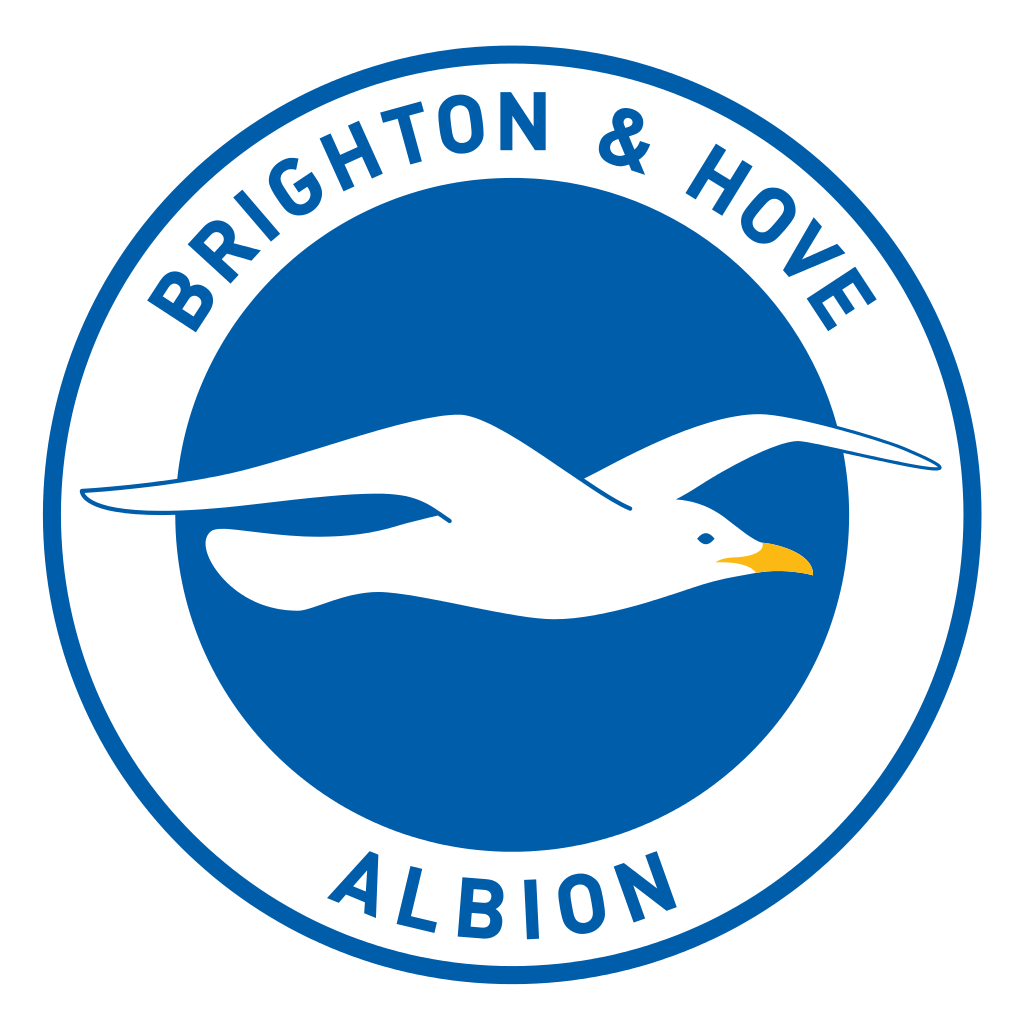Brighton is one of the busiest railway stations in the country, according to the Office of Rail Regulation (ORR).
More than 16.9 million passengers came and went in the past year, making it the 22nd busiest station in the country.
The figure was up from 16.2 million in 2012-13 and compares with 7.4 million in 1997-98.
A further two million passengers changed trains at the station, making it the 21st busiest interchange on the rail network.
The busiest station was Waterloo with 98.4 million passengers, Victoria was second with 81.4 million and London Bridge was fourth with 56.4 million.
At Clapham Junction, the 14th busiest station, 25.3 million passengers arrived and departed while 26.8 million people changed trains – more than at any other station.
And at East Croydon, 21.8 million passengers came and went, making it Britain’s 16th busiest station.
Outside the London Travelcard area, only five stations were busier than Brighton. They were Birmingham New Street, Leeds, Glasgow Central, Manchester Piccadilly and Edinburgh.
With 2.4 million passengers, Hove came 221st out more than 2,500 stations on the rail network. The passenger numbers have barely changed since last year – up just 20,000 – but the number has doubled since 1997-98 when the figure stood at 1.2 million.
Falmer recorded 1.3 million passengers coming and going, up 66,000 on last year and up from 690,000 in 1997-98. The station was the 401st busiest.
Portslade came 484th on the ORR list. With 1.1 million passengers, the numbers are up just 40,000 over the year but have soared since 427,000 were estimated to have used the station in 1997-98.
At London Road the number of passengers dropped from 497,000 to 494,000, putting the station in 862nd place.
Preston Park was the 925th busiest station with 439,000 passengers, up from 410,000 last year and 359,000 in 1997-98.
Moulsecoomb came 946th with 420,000 passengers, up 12,000 on last year. In 1997-98 the figure was 134,000.
Finally, in Brighton and Hove, Aldrington was the 1,274th most busy station with 439,000 passengers, up from 410,000 last year and 359,000 in 1997-98.
The ORR said that the statistics were based on ticket sales and other methods of measuring people arriving and leaving stations but ultimately were estimates. To see the full data set, click here.









